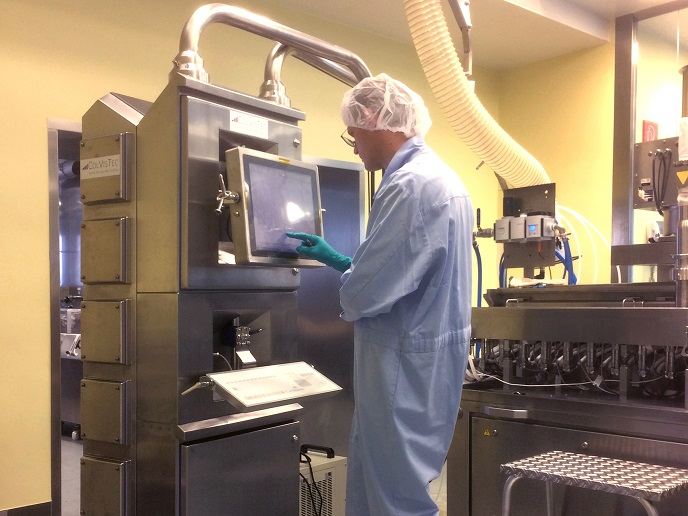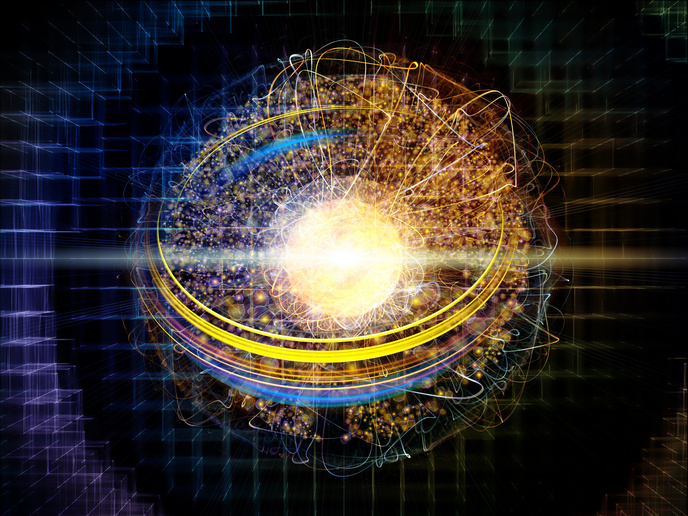LHC experiment on a fast track
In the LHC experiment, two beams of particles collide head-on at super-fast speeds, recreating the conditions in the Universe moments after the Big Bang. Scientists hope to see new particles in the debris of these collisions, providing fundamental new insights into the cosmos. They are looking for new physics beyond the Standard Model, the theory devised in the 1970s to explain how subatomic particles interact. Collisions' energy reaching 14 teraelectronvolts in the future will increase the complexity of efficient real-time selection of rare events that are currently done using calorimeters and muon detectors. In this light, the 'Accurate real-time tracking in LHC full events' (ARTLHCFE) project proposed a significant upgrade to the FastTracker. This dedicated hardware processor can perform precise reconstruction of particles' tracks over the entire ATLAS (A Toroidal LHC Apparatus) detector. The time-consuming pattern recognition is based on associative memory technology through parallel computing. The patterns found in an event are compared to all pre-calculated patterns to search for candidate tracks. This approach reduces the complexity of the algorithms into a linear problem. The new technique based on variable resolution developed within the ARTLHCFE project increases the effectiveness of the associative memory by a factor of five. The FastTracker consists of thousands of associate memory chips to reconstruct tracks at over 100 kilo Hertz speed. The selection among matched patterns was further simplified by using pre-computed fitting constants and leveraging digital signal processing in field-programmable gate arrays (FPGAs). About a thousand FPGAs performing up to one billion fits per second were used for data formatting and track fitting. Soon after the first FastTracker boards were available, they were integrated into the ATLAS detector for testing. It successfully computed the parameters for all tracks in an event and applied quality restrictions in less than 100 milliseconds. The ARTLHCFE scientists are now looking for applications beyond high energy physics, in brain studies.







